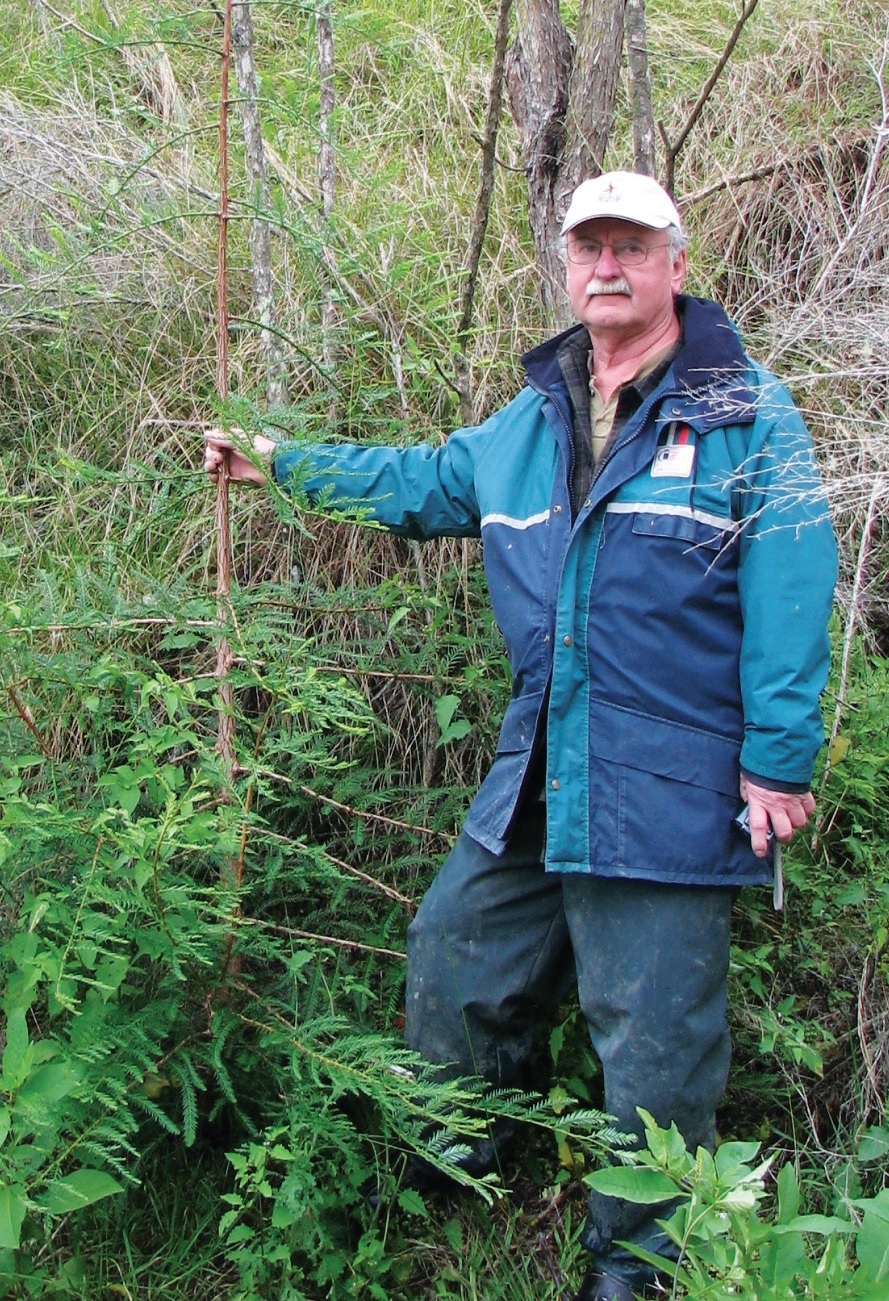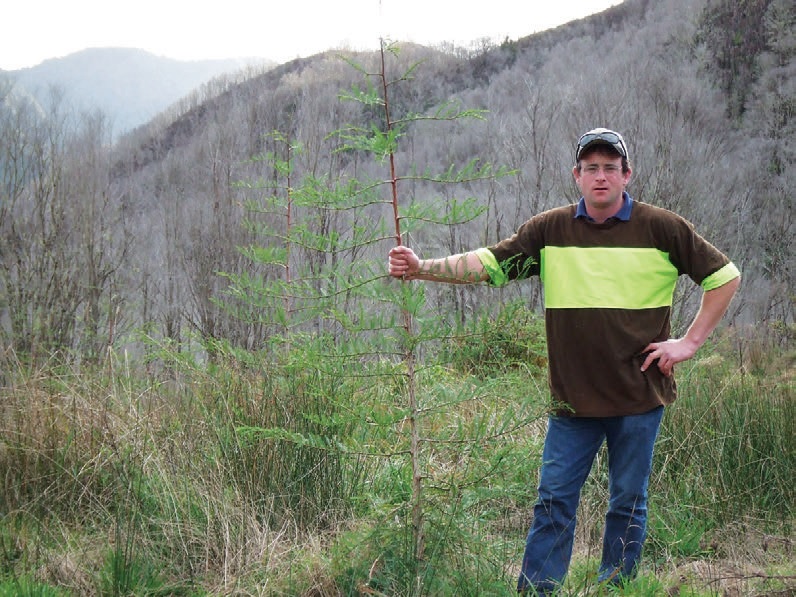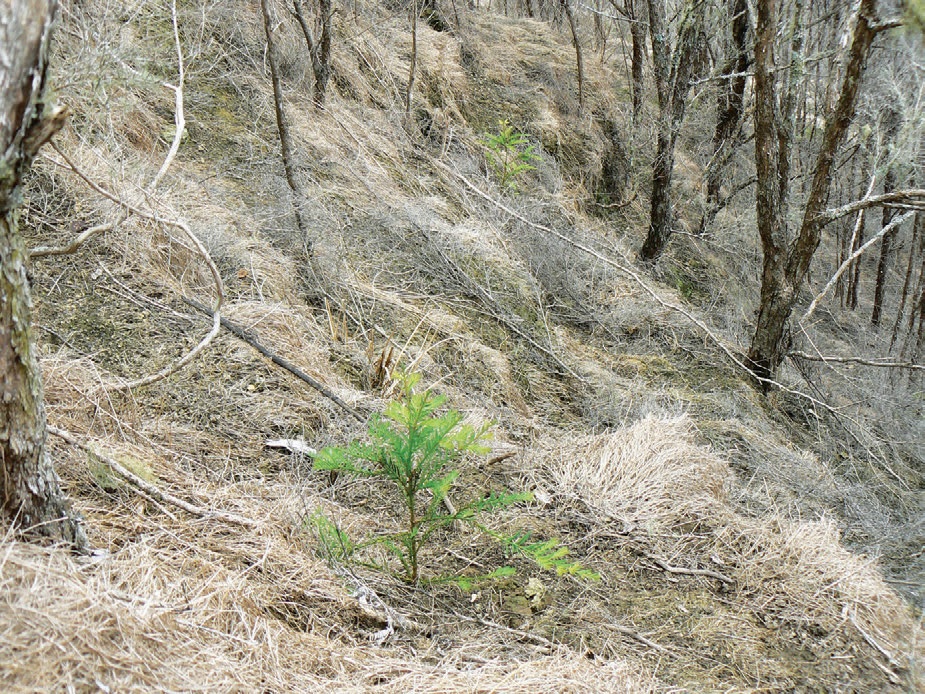Careful investor chooses redwood?
Dan Mineham, New Zealand Tree Grower November 2009.
While many in the New Zealand forest industry still ponder the merits of coast redwood, a forward thinking overseas investor has had no similar hesitation. He has established a 950 hectare redwood forest in the King Country, managed by Independent Forestry Services. He entered this project after doing his homework, examining the current market in detail, including several visits to California, and consulting regularly with redwood expert Jim Rydelius.
After looking at most of the potential species and ways of invest in New Zealand forestry, redwood was selected for the following reasons −
- It has the potential to return twice as much as Douglas fir for the same rotation length
- It has the potential to return three times the value of radiata pine for a slightly longer rotation
- It has the highest recorded living biomass for any tree species, making it ideal for carbon sequestration
- Selected sites in New Zealand are possibly the best places to grow it in the world
- It is a boutique species and there is no indication that it will be oversupplied
- It provides site stability even after harvesting.
Location, location, location
The property location in the King Country is a long way from an export port and might seem bizarre to New Zealand foresters. However, the logs could be processed locally and distance to port is less important than site conditions that will maximise growth.These include high rainfall of 2,000 mm, naturally fertile soils and a low altitude between 80 metres and 380 metres above sea level.


The ‘end of road’ location is a mixed blessing. On a positive note the property is surrounded by native forest and therefore has a low exposure to fire risk. The negative side of this is that the native forest contains goats and pigs. More than 1,400 goats and 300 pigs have been shot since the farm was destocked in March 2007.
The naturally fertile marine siltstone is good, but the slightly acid, nutrient rich run-off means that steel and aluminium culverts have a short life. Plastic culverts are currently cheaper, which is fortunate as more than 300 were necessary to manage water control to the satisfaction of Environment Waikato.
Environment Waikato supported the project partly because the uneconomic farm that existed before was unable to afford track maintenance to control sediment into the adjacent river or to control the noxious weed woolly nightshade. Environment Waikato also supported the concept of permanent forest cover rather than further clearance for farming.
The vegetation
The farm was 80 per cent covered in manuka and kanuka scrub of varying heights. The consent application involved a survey of the existing vegetation planned for clearing and found that the vegetation type to be cleared was well represented elsewhere and that no significant indigenous species were present. The challenge then became how to clear standing manuka economically.

Jim Rydelius reminded us that coast redwood is very shade tolerant and will make normal height growth on half the light that radiata requires. That meant that they did not have to hand fell or use machines on steep slopes but could spray and burn. However, years of grazing under the manuka had removed the lower branches and grass was absent where the manuka was thickest. The burn in many places would not jump from grass to manuka canopy. The trees were planted under standing dead manuka and grew through them, so Jim was right.
The market risk
The regime is based around producing a quality product that fits the current Californian market, although by 2040 there may be more markets. What is important is having a critical mass that will attract local processing and sustain a long term market and providing a product that the customer wants.
In this regard we consider heartwood colour and ring width to be important because the customer prefers medium to darker coloured heartwood. The US market considers redwood to be naturally durable and studies have shown a relationship between heartwood colour and durability.
The reason we have chosen clones with average to high density is not specifically for the customer’s benefit but to enable greater carbon storage capacity per cubic metre of wood grown. It is worth noting that most of the original clones planted in the first year on the property had come from redwood trees that had grown in New Zealand for around 70 years. They had performed well without the benefit of modern releasing chemicals, and survived frosts. Then when these trees were milled and sold into the US market the customer noticed no difference from the redwood second growth that dominates the Californian market, now that old growth is essentially unavailable.
Silviculture
The clones for this project have been selected for fine branching, so high initial stockings are not necessary to control branch and knot size. The next most important reason a forester will plant high initial stockings is to allow for genetic variation. The best trees are pruned for the final crop and the poorer trees are thinned out but using clonal stock makes this redundant.
However to keep ring width under control a stocking rate is needed which is high enough to avoid large diameter logs with excessively wide growth rings. With the low initial stocking of 550 stems a hectare the challenge is to ensure that every tree is a winner and this starts at the nursery.
The perfect tree may be topped to fit in the planting box but should have plenty of foliage, good root collar diameter and be ready to grow when it is planted out as to give early vigour. The cost of delayed early growth can mean another release at more than $200 per hectare, and this is a cost to be avoided.
Clone watching
We have been watching the different clones planted with great interest. It is like watching a group of children developing from a young age. Some are big and tough, others are not so big but very well formed, while others are just a different colour. They are all very different and that has to be good because then not all the eggs are in one basket. We currently have five clones out of the 12 that were available in 2007 while 20 more are being trialed.
Independent Forestry Services has established several thousand hectares of New Zealand’s most common plantation species. We have come to the conclusion that large scale redwood establishment is a true test of good establishment procedures. Attention to clone selection, tree stock quality, planting quality and timely releasing can result in a well stocked redwood forest without the need for follow up operations such as blanking and extra releasing.
Do it once and do it right is the catch phrase, because we cannot make mistakes with the investor’s money. This project is not a one-off investment. Another nearby property is waiting for Overseas Investment Office approval.
Dan Minehan is a director of Independent Forestry Services Ltd.

 Farm Forestry New Zealand
Farm Forestry New Zealand

